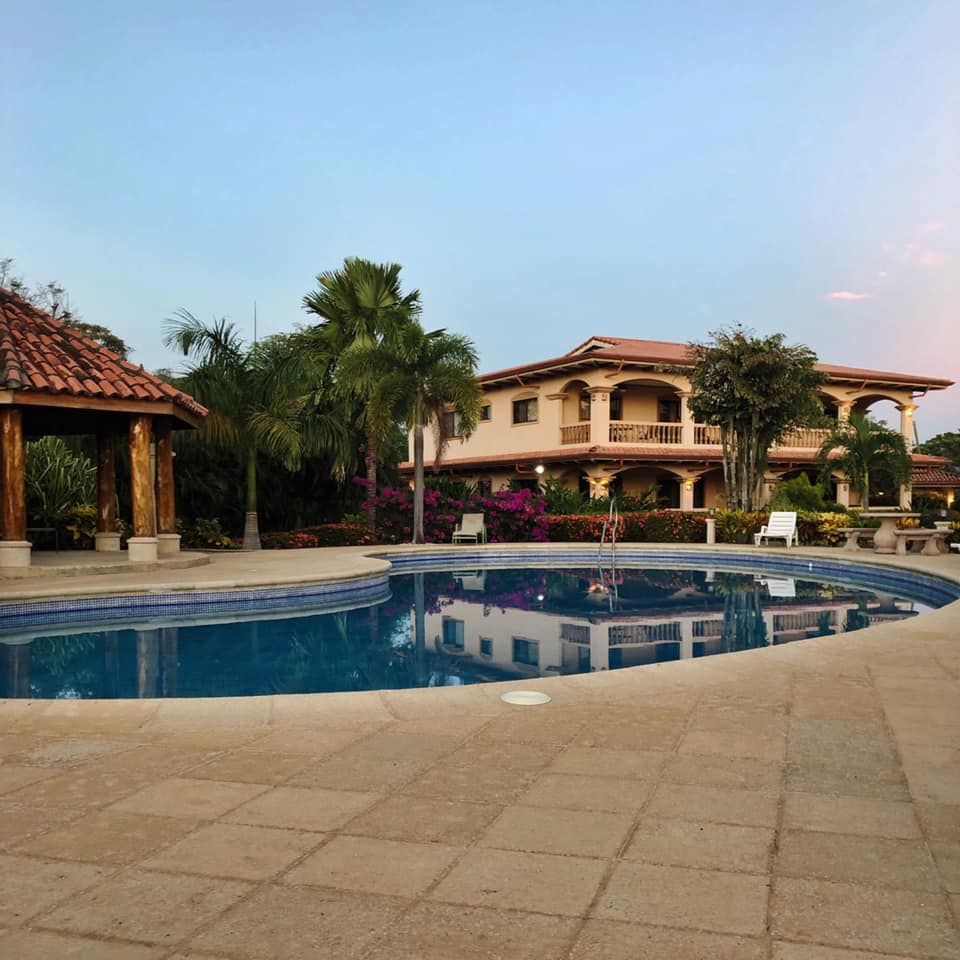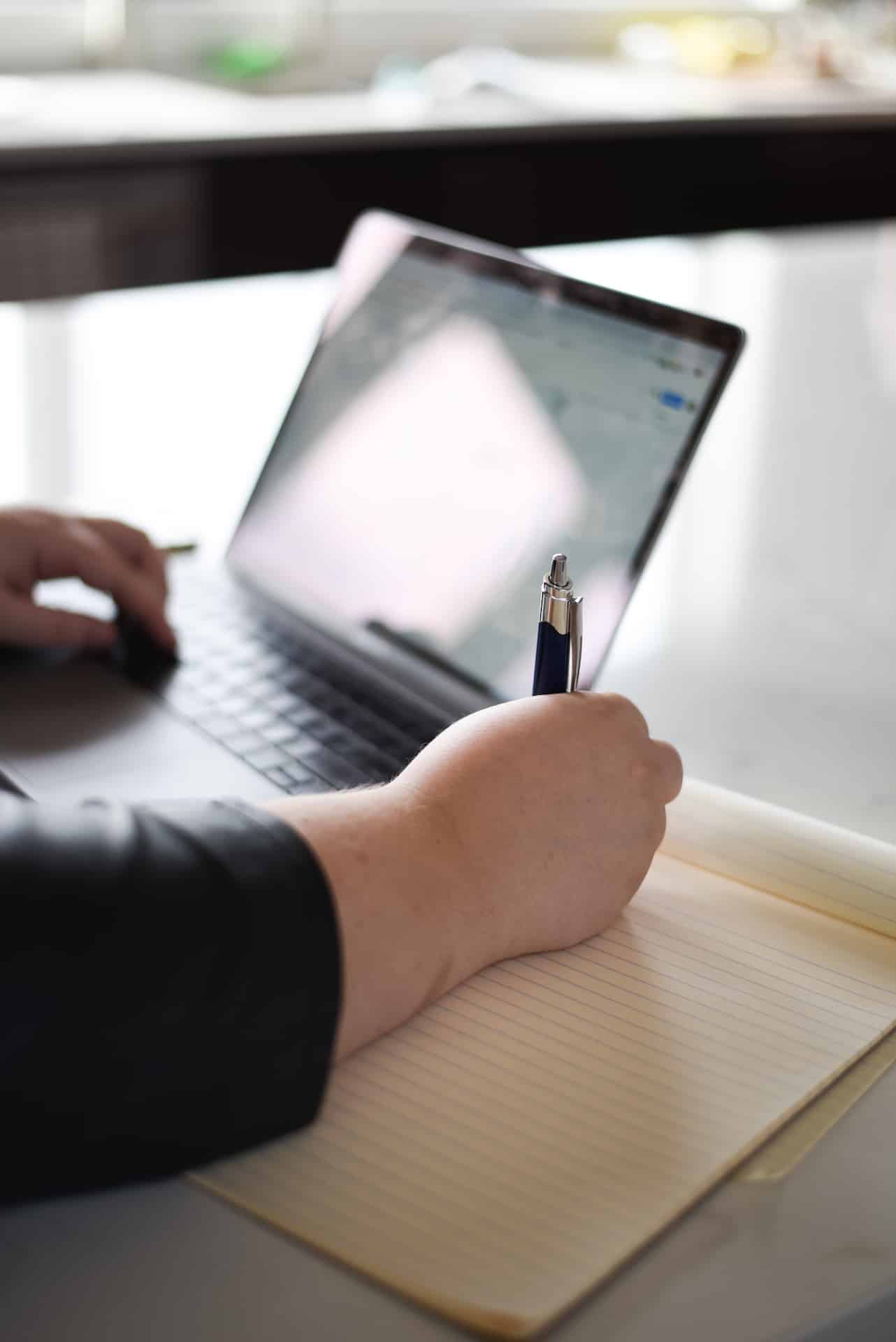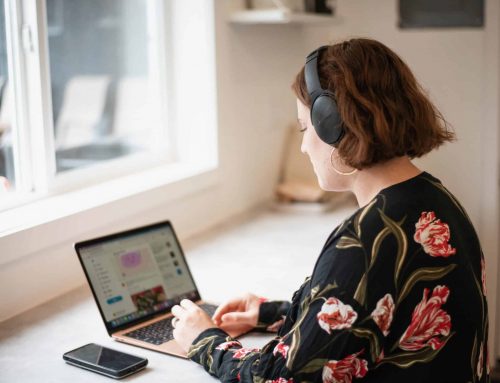Workplace burnout is a very real problem that plagues many workers around the world.
On May 28th, 2019 The World Mental Health organization recognized and added workplace burnout as an occupational phenomenon.
“Burn-out is a syndrome conceptualized as resulting from chronic workplace stress that has not been successfully managed. It is characterized by three dimensions:
- feelings of energy depletion or exhaustion;
- increased mental distance from one’s job, or feelings of negativism or cynicism related to one’s job; and
- reduced professional efficacy.
Burn-out refers specifically to phenomena in the occupational context and should not be applied to describe experiences in other areas of life.” – The World Mental Health Organization
At the end of 2018, I was at my worst. It was the end of my first year of working from home full time and I was working myself late into the night. I had no boundaries between me and my work, and it was beginning to affect my mental health and personal relationships. I would check Slack channels at family dinners, and obsess over Trello boards during date nights. I was mentally exhausted, and not only was my personal life suffering, but my work quality was too. During this time, I started to resent my work. I felt like I was drowning and couldn’t catch up. As the final few weeks of 2018 approached, thoughts of quitting the job I once loved so much popped into my mind more and more.
Christmas of 2018 rolled around and I was set to jet off to Costa Rica for some much-needed R&R for three weeks. I turned off my notifications and decided I needed to make a change. During my trip, I thought a lot about my relationship with work. How it was making me feel, how it was making me act. I didn’t like how I felt and I knew I couldn’t sustain my current habits any longer. With some careful consideration, I started to set boundaries for myself that would help me improve my relationship with my work.
Here the things I used to help me overcome my burnout and turn my relationship with work around:
Set a cut off time.
- This is one of the most important things I’ve done for workplace burnout, I think it’s especially helpful when working from home. When I came home from my Costa Rica trip, I decided to set myself a work cut off time. I wouldn’t do any work, check any emails, slack messages or trello boards after 6:30 pm. It sounds easy, but in practice was incredibly hard. By setting myself a cut off time I was allowing my brain to take a break and separate work time from personal time.
Utilize your notification preferences.
- This was one of the simpler things I did to create a healthier work/life balance. I decided to turn off or set a do not disturb time for all of my work communication applications. This helped me stay present in the moment with my friends and family while also giving me the freedom to focus on work during my set working hours.
Set yourself daily, weekly and monthly timed tasks.
- By organizing my tasks with time-sensitive deadlines I was able to focus on work during my set work hours. I integrated my personal apple calendar and google work calendar to help keep me on track with daily deadlines.
Check in with yourself.
- Though it might sound corny, my last tip is to check in with yourself. Make sure you’re keeping tabs on your own mental health and prioritizing your health and wellness. It’s important to be honest with yourself and make sure you are doing everything with your mental health in mind. Don’t say yes to everything. Don’t push yourself to overload your schedule with work. Quality over quantity, right?
I am happy to report that after six months of using these tips, I am leaps and bounds ahead of where I was at the end of 2018. I now feel like I am putting out quality work, while also giving myself the freedom to live my life for me. I do not have a perfect work/life balance yet, but I am doing my best to create a harmonious balance between the two, and I feel better for it.
Spread awareness about the signs of workplace burnout with this helpful infographic: Burnout Infographic
Want more tips like these? Sign up for our newsletter!







